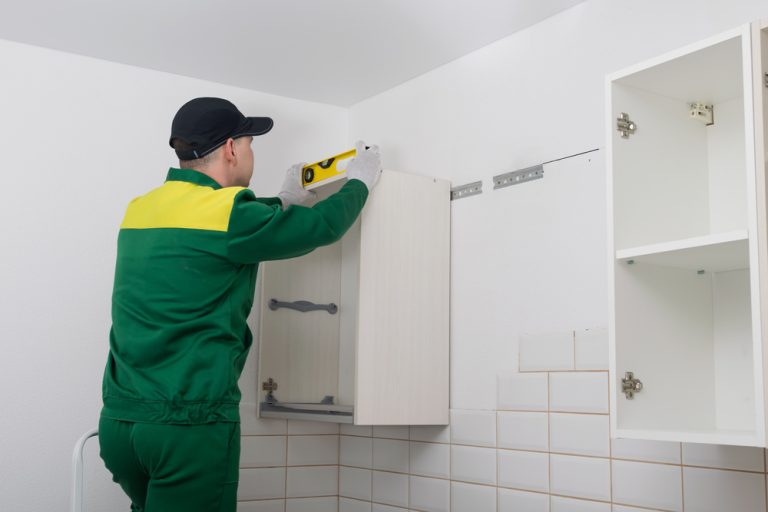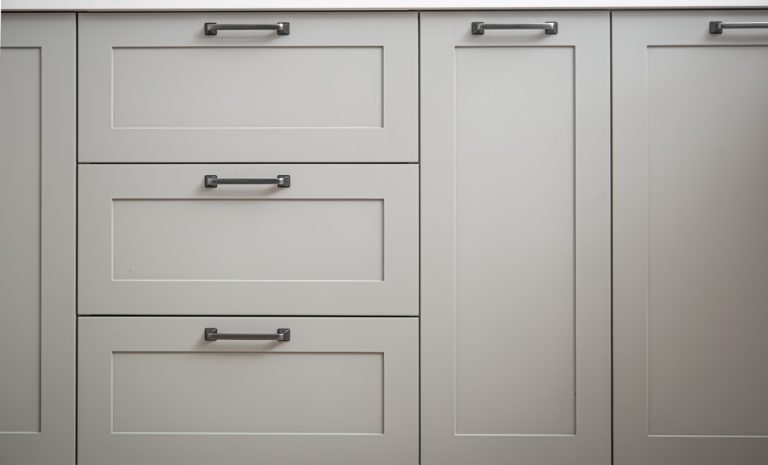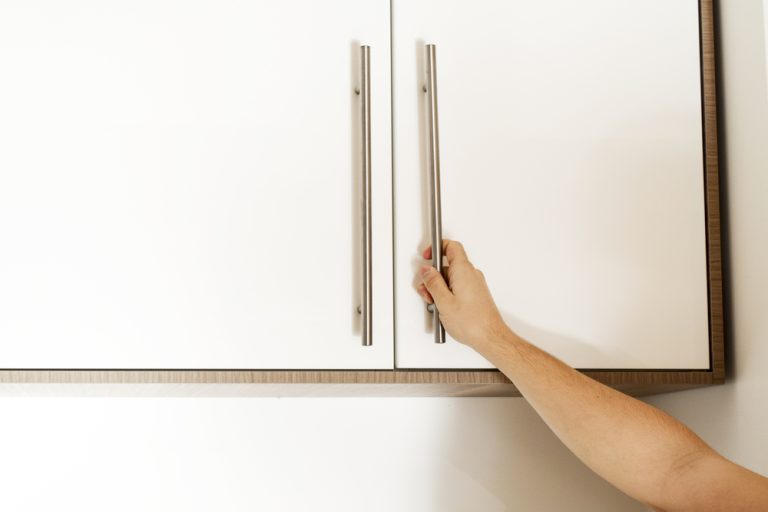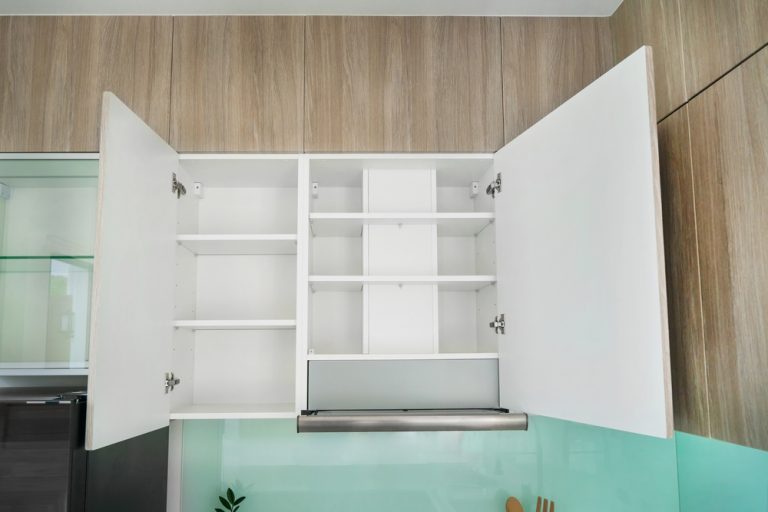How to Vent a Kitchen Sink Under a Window?
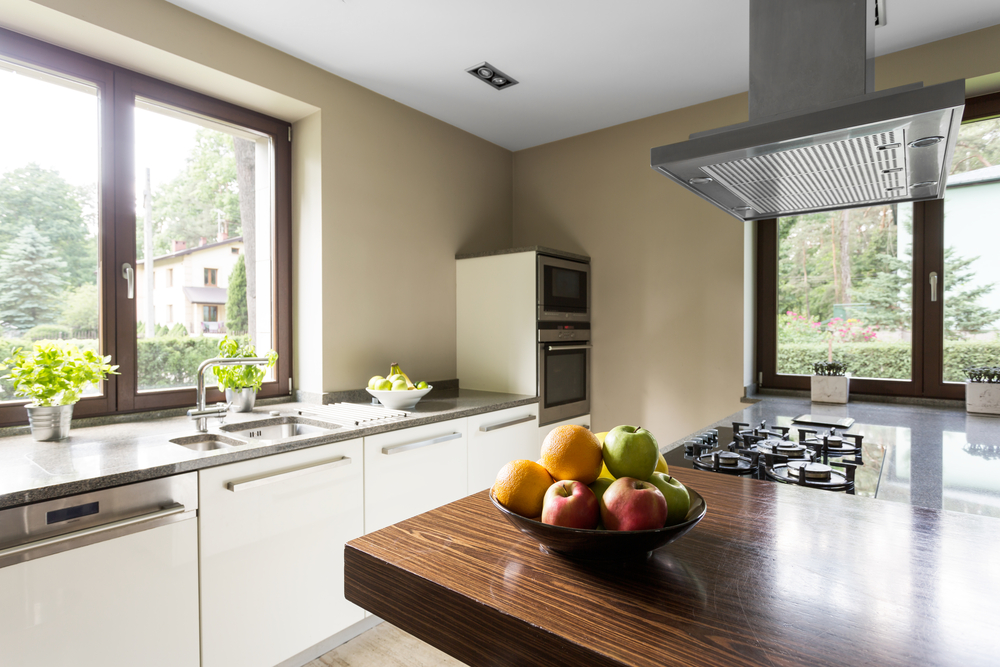
When installing or renovating a kitchen sink, particularly one positioned under a window, proper ventilation is crucial to prevent drainage issues, odors, and plumbing code violations. The process of how to vent a kitchen sink under a window can be more challenging than in other locations due to space constraints and the presence of the window.
In this blog, we’ll explore why venting is necessary, the best methods for venting a sink under a window, and tips for ensuring that your installation meets plumbing codes and functions effectively.
Why Venting is Important for a Kitchen Sink?
Before delving into the specifics of how to vent a kitchen sink under a window, it’s essential to understand why venting is important for any plumbing system. A vent allows air to flow through the drainage pipes, preventing negative pressure that could cause water to siphon out of the traps. Without proper venting, your kitchen sink could suffer from slow drainage, gurgling sounds, or even foul odors emanating from the drain.
Venting also helps maintain the water seal in the P-trap, which keeps sewer gases from entering your home. In the case of a kitchen sink under a window, special attention must be paid to how the vent is routed to ensure that it doesn’t interfere with the window’s structure or obstruct the view.
Challenges of Venting a Sink Under a Window
Venting a sink located under a window can present some unique challenges. Typically, a vent pipe is installed vertically, running upward through the wall and roof. However, when a sink is positioned directly beneath a window, the window’s frame and glass make it impossible to run a vent pipe directly upward.
This leaves homeowners and plumbers with two options: finding an alternative route for the vent or using a specialized venting solution, such as an air admittance valve (AAV). Understanding how to vent a kitchen sink under a window involves carefully planning how the vent will be routed to avoid obstructing the window while still allowing air to flow freely.
Also Read – How to Decorate a Kitchen Window Sill?
Options for Venting a Kitchen Sink Under a Window
There are several methods to vent a kitchen sink under a window, depending on your kitchen layout and local plumbing codes. Below, we’ll discuss the most common approaches.
Option 1: Reposition the Vent Pipe
One solution for venting a kitchen sink under a window is to reroute the vent pipe so that it avoids the window. Instead of running the vent pipe directly upward, it can be routed horizontally until it reaches an area where it can rise vertically without obstruction.
In this method, the vent pipe typically runs through the wall behind the sink, but instead of going straight up, it bends to one side (either left or right) and then rises vertically once it has cleared the window. This type of offset vent requires careful planning to ensure that the slope of the pipe allows air to flow freely and that the pipe is adequately supported.
Option 2: Install an Air Admittance Valve (AAV)
Another option for how to vent a kitchen sink under a window is to install an air admittance valve (AAV). An AAV is a mechanical device that allows air to enter the plumbing system when water drains but prevents sewer gases from escaping.
Unlike a traditional vent pipe that must extend through the roof, an AAV can be installed directly under the sink, making it an ideal solution for tight spaces where a vertical vent isn’t feasible. The valve opens when negative pressure is created by water draining from the sink, allowing air to enter and equalize the pressure in the pipes. When the draining stops, the valve closes, preventing any odors or gases from entering the kitchen.
AAVs are widely used in modern plumbing, and they are often the easiest and most cost-effective solution for venting a kitchen sink under a window. However, it’s important to check local plumbing codes, as some areas may have restrictions on the use of AAVs.
Option 3: Loop Venting
Loop venting is another potential method for venting a kitchen sink under a window. This method involves creating a loop in the vent pipe that runs behind the sink. The loop connects the sink’s drain to a vent stack located elsewhere in the house, providing the necessary airflow to prevent siphoning.
The loop vent works by using the sink’s drain line as part of the venting system. As water flows through the drain, air is allowed to flow through the loop, preventing any negative pressure from forming. Loop venting requires careful pipe layout and is typically more complex than using an AAV, but it can be an effective solution in situations where other venting methods aren’t practical.
Steps for Venting a Kitchen Sink Under a Window
Once you’ve decided on the method for venting your kitchen sink, it’s time to go through the installation process. Below are the basic steps for venting a sink under a window, whether you’re using a traditional vent pipe, an AAV, or a loop vent.
Step 1: Assess the Space
Before beginning the installation, assess the space under your kitchen sink and around the window. Measure the available room for routing pipes and identify any obstacles, such as framing, electrical wiring, or cabinets. Ensure that the chosen venting method will fit within the available space.
Step 2: Plan the Vent Routing
If you’re using a traditional vent pipe, plan how the vent will be routed to avoid the window. This may involve creating an offset to run the pipe horizontally before rising vertically. Make sure to maintain the proper slope for the vent pipe, allowing air to flow freely.
Step 3: Install the Vent Pipe or AAV
For a traditional vent pipe installation, cut into the wall behind the sink and install the vent pipe according to your plan. For an AAV installation, follow the manufacturer’s instructions for mounting the valve under the sink, ensuring it is positioned correctly to allow air to flow.
Step 4: Test the Vent
Once the vent is installed, test the drainage system to ensure it’s functioning properly. Run water through the sink and listen for any gurgling sounds or slow drainage, which may indicate that the vent isn’t working as intended. If everything functions smoothly, your installation is complete.
Consulting a Professional Plumber
While it’s possible to vent a kitchen sink under a window as a DIY project, it’s important to recognize that plumbing can be complex, and local building codes must be followed. If you’re unsure about the venting process or if your kitchen layout presents unique challenges, it’s best to consult a professional plumber.
A licensed plumber can assess your kitchen’s specific needs, recommend the best venting method, and ensure that the installation meets all local regulations. This will give you peace of mind knowing that your kitchen plumbing system is vented properly and will function smoothly for years to come.
Conclusion
Knowing how to vent a kitchen sink under a window involves careful planning and consideration of the available space, plumbing requirements, and local codes. Whether you choose to reroute the vent pipe, install an air admittance valve, or use a loop vent, there are effective solutions for ensuring proper airflow and drainage.
With the right approach, you can successfully vent a kitchen sink under a window and keep your kitchen plumbing running smoothly.

